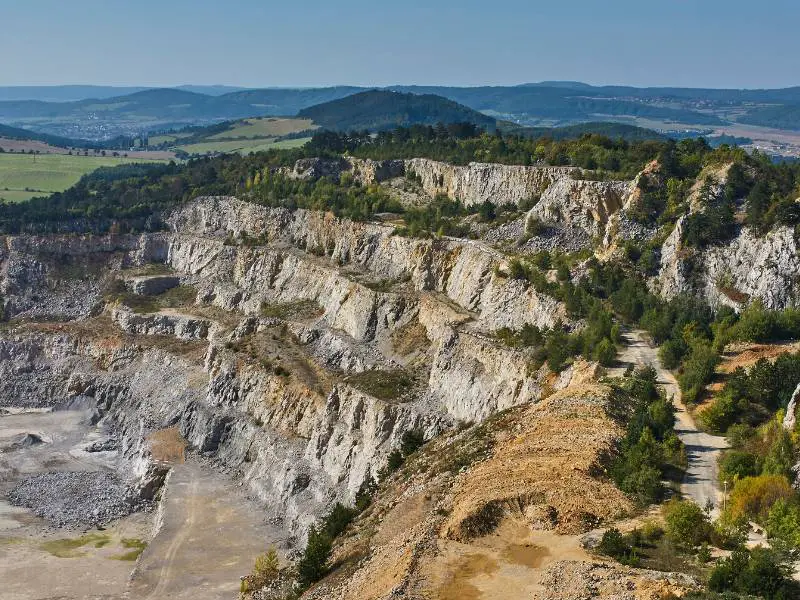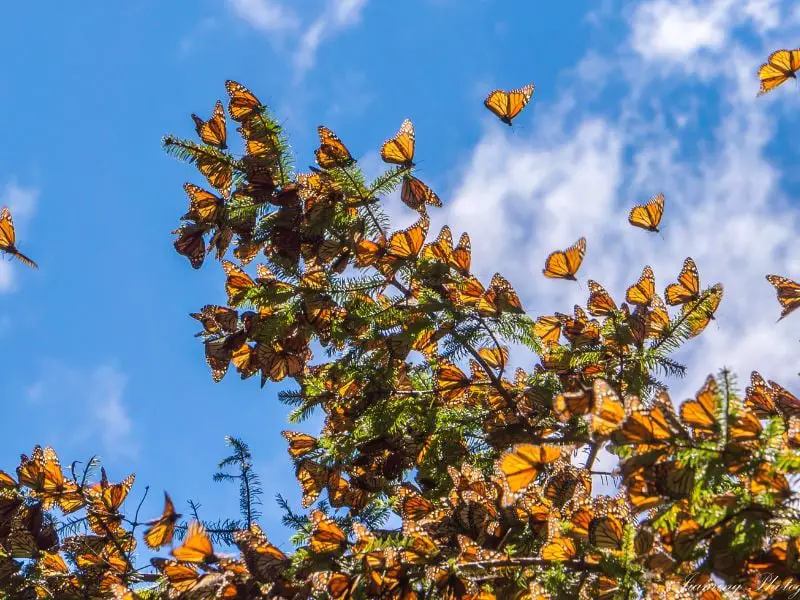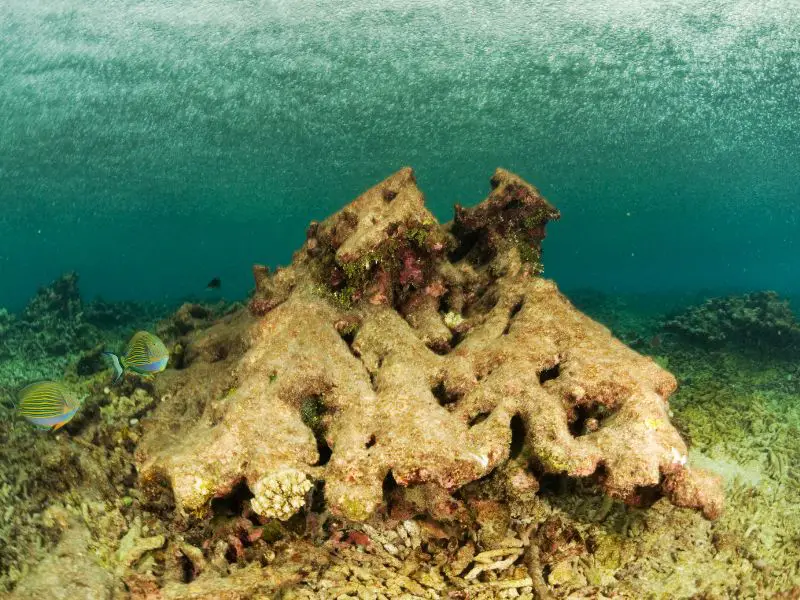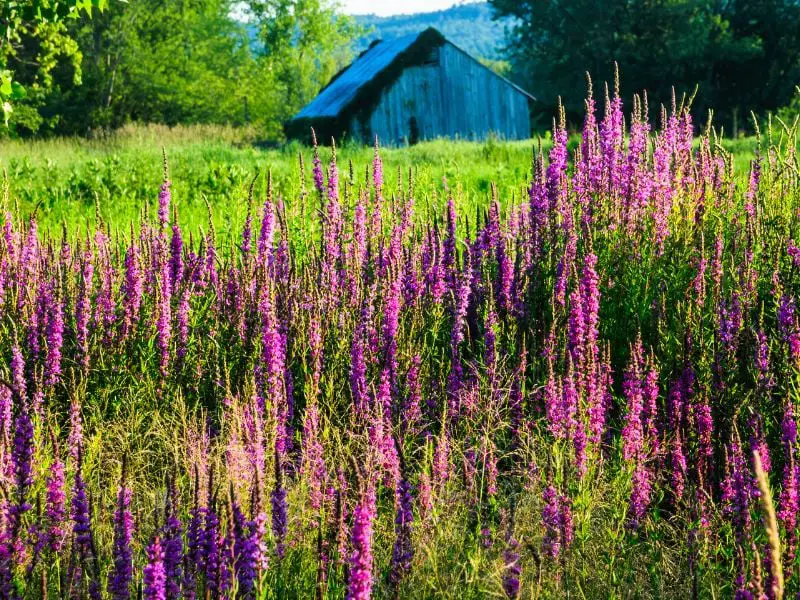Have you ever stopped to consider the human impact on the environment? From pollution to deforestation, our actions have caused irreversible damage to our planet. But just how severe are the consequences of our actions?
For centuries, humans have exploited the environment for their own gain. However, with the rise of industrialization and modern technology, our impact has become more significant. The effects of climate change, pollution, and habitat destruction are becoming increasingly apparent.
It’s time to take a closer look at the damage that human impact has caused on the environment. From the loss of biodiversity to the degradation of natural resources, the consequences of our actions are far-reaching and potentially catastrophic. In this article, we’ll explore some of the most significant impacts of human activity on the environment.

How Many Ecosystems Have Humans Killed So Far
According to a 2020 research published in One Earth, people drastically impacted ecosystems throughout an area the size of Mexico, with human activity exerting moderate to extreme pressure on 58 percent of the Earth’s terrestrial ecosystems.
The scientists also discovered that, among the Earth’s 14 biomes and 795 ecoregions, 46 ecoregions covering ten biomes had been severely impacted by human-caused damage, resulting in significant ecosystem and biodiversity loss.
An Overview of the Devastating Human Impact on The Environment
Human civilization and technology have changed our planet in good and bad ways, and probably in more ways than you can imagine. At least 56% of the biologically productive land on Earth is being exploited by humans. This includes cropland, fisheries, and forests. This destroys the ability of these lands to do essential things for ecosystems, like store carbon emissions or protect wildlife.
75% of the land not covered by ice has also been changed significantly. The oceans are also getting dirtier, and the Guardian says that since 1700, the world has lost more than 90% of its wetland areas. Think about these fundamental changes our species has made to the environment and decide if you want to help them happen or stop them.
1. The Population Bomb
Human civilization and technology have changed our planet in good and bad ways, and probably in more ways than you can imagine. Think about these five fundamental changes our species has made to the environment and decide if you want to help them happen or stop them.
Accommodating population increase has been a core cause of much of our environmental damage. Since Malthus initially expressed his grave fears, technological improvements have generated a new double-edged sword: health and affluence.
Our food supply can now sustain more lives than ever, and medical research improvements have resulted in progressively longer lifespans. However, this fact has the unintended consequence of slowing population turnover and hastening population growth. As our standard of living and life expectancy grows, so do the issues posed by overpopulation.

2. Gene Modification in Animals and Agriculture
Some GM crops have the potential to harm non-target animals as well as soil and water ecosystems. For example, the spread of GM herbicide-tolerant maize and soy, which are laced with herbicides, has ruined most of the monarch butterfly’s habitat in North America. Genetic engineering results in genetically altered organisms, plants, and animals. If released into the wild, they pose a threat to biodiversity.

3. The Exploitation of Essential Resources
According to research, people are using up natural resources nearly twice as quickly as they can replenish them. Humans will need 2.5 piles of the Earth by 2050 to achieve our resource utilization needs. Sand, water, fossil fuels, palm oil, trees, and soil are some of the most heavily utilized resources.
Overuse of these resources, brought on by inefficient agricultural methods, excessive population, logging, and consumerism, causes water shortages, oil, and mineral depletion, the loss of forest cover, extinction of species.

4. Some Technologies Have Gone in the Wrong Way
Many technological inventions have been made, some good and some downright damaging. Technologies were designed to help us discover new things, but when they go wrong, they can cause some of the worst catastrophic consequences we’ve ever seen. From nuclear fission to biological weapons, there are countless ways that technology can get very scary.
5. Rising Acidification of the Ocean
Damage occurs when CO2 breaks down in the ocean and forms carbonic acid in salt water. The acid affects the pH levels of the water, resulting in a 30% increase in ocean acidity during the last 200 years, a level not seen in the ocean for over 20 million years.
The acidity depletes calcium concentrations, making shell formation harder for crustaceans, leaving them defenseless without their armor. Scientists estimate that a quarter of all coral reefs are damaged beyond repair due to a one-degree global temperature increase and ocean acidification, with the other two-thirds facing significant threats. The extinction of coral reefs is a major problem.

6. Acid Rain Changes the Natural Properties of Ecosystems
When people burn coal, sulfur dioxide and nitrogen oxides are released into the sky, where they rise to the atmosphere. They gather in clouds, eventually becoming saturated and causing acid rain to fall, wreaking havoc on the ecosystems underneath.
When acid rain falls, it collects in bodies of water, which is particularly detrimental to lakes and small bodies of water. The acid is absorbed by the Earth around the water, depriving the soil of essential nutrients. Toxins build in trees that absorb acid, causing leaf damage and ultimately killing enormous swaths of forest.
7. Introduction of Invasive Species
Introducing species, predominantly plants, into new places, for whatever motive, and by whatever methods, has resulted in substantial and irreversible changes to the ecosystem across vast areas. The introduction of Caulerpa Taxifolia into the Mediterranean, oat species into the grasslands of California, and privet, kudzu, and purple loosestrife to North America are examples.
In several islands, rodents, cats, and goats have drastically impacted biodiversity and local wildlife. Furthermore, these new invasive species have resulted in genetic modifications on local animals by interbreeding, as with buffalo and domestic cattle and wolves and domestic dogs.

Related: Invasive Species in New York, Invasive Species in Hawaii, Invasive Species in California
Author’s Note
The human impact on the environment goes beyond the harmful materials released into the atmosphere due to pollution and it also encompasses our agricultural, industrial, and transportation practices. The kind of destructive activity we have been performing has lasted for centuries. However, things have gotten much worse now because of global warming, mainly caused by fossil fuels and animal agriculture, which releases harmful greenhouse gasses into the atmosphere.
The expansion of unsustainable societies has led to animal species dying off and entirely being eliminated from the planet. Our reliance on fossil fuels is the biggest reason this will continue if we don’t do something about it. The money we spend on wars and unsustainable technologies should be spent on protecting our planet so we can have a healthy place to live. Without healthy ecosystems, many of the things that we rely on in our daily lives would not be possible.

